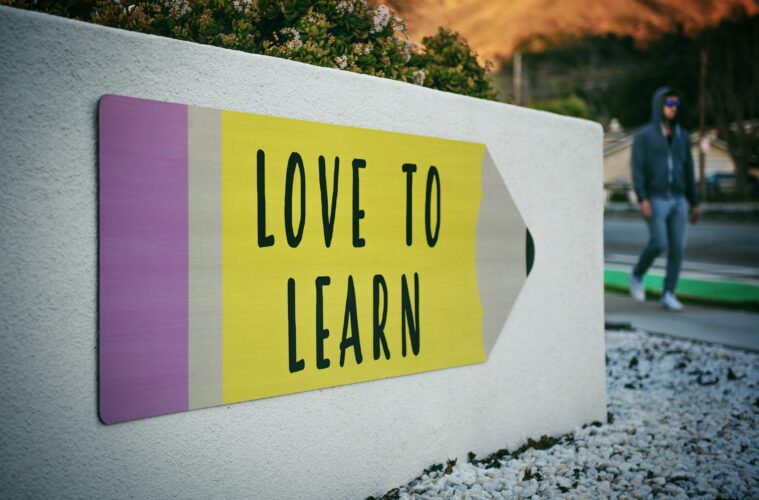Primary school typically teaches the A-B-Cs and 1-2-3s according to age — but what if your child learned to read early, or has an innate aptitude for numbers? If they can multiply in their head at age six, they’ll be bored silly learning basic addition and subtraction. And if they’re reading on the fourth-grade level at five years of age, they’ll no doubt be frustrated with a teacher having children read passages like, “See Spot Run.”
Fortunately, schooling has evolved a great deal in recent years in recognition that kids learn in many different ways. One of the great advancements is viewing learning as an individualised, aptitude-based endeavour.
This approach at Delphian School is a welcome change for students who struggle in a more traditional educational environment. One graduate says, “Delphian was able to cater to me as an individual; I could steam ahead in reading and spend as much time as I needed in math. It was an environment in which everyone was creative and hardworking — it inspired me to prove to myself and others what I was capable of.”
Why Age-Based Grade Levels Are Archaic
It might seem natural to group students by age — after all, aren’t most five-year-olds learning about the world at approximately the same time? However, teaching wasn’t always organised this way.
Almost two centuries ago, when information sharing was not even a glimmer of what it is today (no telephone, computers, or electric lights), educational reformer Horace Mann came up with a revolutionary idea: group pupils by age rather than ability. In the early 1800s, it was mostly children of the wealthy who attended school —those from less affluent families were needed for labour. Age-based grade levels allowed even low-income children to gain some education before facing the world as adults.
It was a useful idea at the time. Today, when our classrooms are filled with technology and secondary school is mandatory for all, such a system makes a lot less sense. Besides, Mann never focused on mastery; just attendance. Perhaps two hundred years ago, that was enough. Now, there’s no substitute for deep learning that prepares and empowers students for a rapidly evolving future.
Cultivating Capability
So does grouping students by ability make a difference? While some say there is a downside — that students are aware of the group they’re in, which may impact their self-esteem and aspirations — other reports say grouping children according to their individual ability makes perfect sense.
The head of education at think tank Policy Exchange says, “Provided it is clear to teachers why the division has been made, and the additional support required is given, there is no reason such grouping should be bad for children — quite the reverse, in fact, since schools should be using whatever tools they think are appropriate to ensure children have learnt the curriculum.”
When the Kids Are In Charge
One educator maintains that putting students in charge of their own learning promotes greater independence and retention. Students become more engaged and animated — the exact opposite of bygone days when a silent classroom signalled students hard at work. Today, engagement is the linchpin of successful teaching.
The method this teacher employs is to introduce a complex idea or problem, then turn it over to the students for further inquiry. Her students brainstorm and research, with the educator providing probing questions and feedback to move the process along. The students discover their abilities as they explore and interact.
It’s a long way from sitting in rows, learning by rote, when information transmission was a laborious, one-to-one process. Today’s kids need and deserve more.





